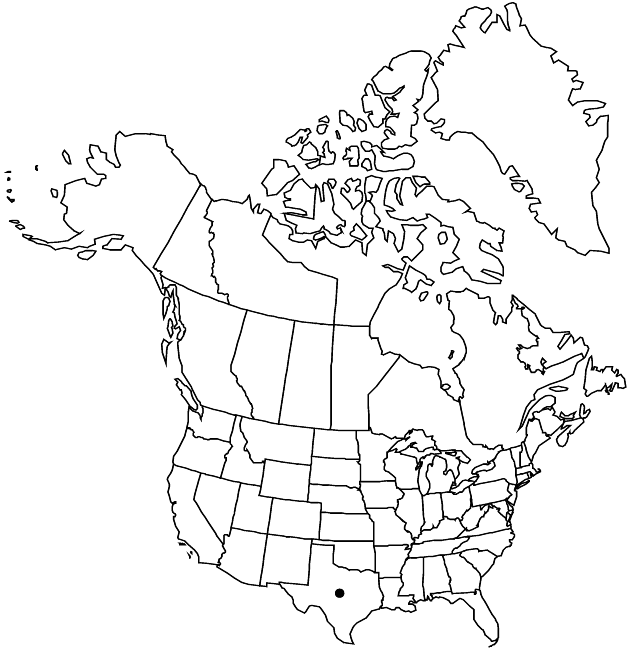Difference between revisions of "Brickellia dentata"
in B. Seemann, Bot. Voy. Herald, 301. 1856.
FNA>Volume Importer |
FNA>Volume Importer |
||
| Line 7: | Line 7: | ||
|year=1856 | |year=1856 | ||
}} | }} | ||
| − | |basionyms={{Treatment/ID/ | + | |basionyms={{Treatment/ID/Basionym |
|name=Clavigera dentata | |name=Clavigera dentata | ||
|authority=de Candolle | |authority=de Candolle | ||
| + | |publication_title=in A. P. de Candolle and A. L. P. P. de Candolle, Prodr. | ||
| + | |publication_place=5: 128. 1836 | ||
}} | }} | ||
|synonyms= | |synonyms= | ||
| Line 49: | Line 51: | ||
|publication year=1856 | |publication year=1856 | ||
|special status= | |special status= | ||
| − | |source xml=https://jpend@bitbucket.org/aafc-mbb/fna-data-curation.git/src/ | + | |source xml=https://jpend@bitbucket.org/aafc-mbb/fna-data-curation.git/src/f6b125a955440c0872999024f038d74684f65921/coarse_grained_fna_xml/V19-20-21/V21_1253.xml |
|tribe=Asteraceae tribe Eupatorieae | |tribe=Asteraceae tribe Eupatorieae | ||
|genus=Brickellia | |genus=Brickellia | ||
Revision as of 18:46, 24 September 2019
Shrubs, 60–120 cm. Stems branched from bases, puberulent, sparsely gland-dotted. Leaves alternate; petioles 1–2 mm; blades obscurely 3-nerved from bases, lanceolate to lance-ovate, 5–40 × 3.5–12 mm, bases acute to cuneate, margins usually coarsely dentate, sometimes entire, apices acute, faces gland-dotted. Heads in (elongate) paniculiform arrays. Peduncles 1–2 mm, puberulent, gland-dotted. Involucres cylindric to campanulate, 7–11 mm. Phyllaries 18–22 in 5–6 series, greenish or stramineous, 3–5-striate, unequal, margins scarious (apices acute to obtuse, ciliate); outer ovate (glandular-pubescent), inner lanceolate (gland-dotted). Florets 13–20; corollas pale green or yellow, 4.5–6.5 mm. Cypselae 3.5–4 mm, usually glabrous, rarely sparsely pubescent; pappi of 30–35 tawny, usually barbellate, sometimes subplumose, bristles. 2n = 18.
Phenology: Flowering Aug–Nov.
Habitat: Gravel of limestone streambeds
Elevation: 100–400 m
Discussion
Selected References
None.
